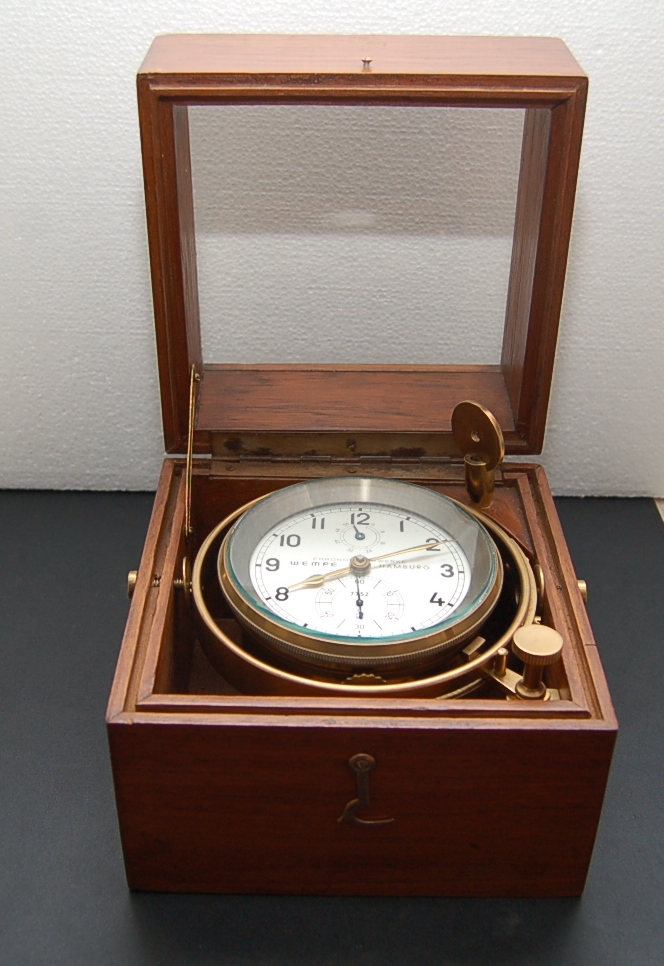 Navigating the vast and unpredictable expanses of the open sea has been a timeless challenge for sailors throughout history. The ability to accurately measure time at sea played a pivotal role in conquering this challenge, and one of the key instruments that revolutionized maritime navigation was the chronometer.
Navigating the vast and unpredictable expanses of the open sea has been a timeless challenge for sailors throughout history. The ability to accurately measure time at sea played a pivotal role in conquering this challenge, and one of the key instruments that revolutionized maritime navigation was the chronometer.
The daunting task of accurately measuring time
Navigating the seas during the 18th and 19th centuries was a perilous undertaking fraught with challenges beyond the relentless waves and unpredictable weather. Sailors faced the daunting task of accurately measuring time in an environment that was unforgiving to delicate timepieces. The durability and precision of chronometers became a testament to human ingenuity, as craftsmen and engineers continually refined their designs to withstand the harsh maritime conditions. The delicate balance between accuracy and robustness in these instruments played a pivotal role in ensuring the success of long and arduous sea voyages. The meticulous craftsmanship required to produce these chronometers became an art form, with skilled artisans contributing to the development of intricate timekeeping mechanisms that stood the test of time – quite literally – on the decks of sailing vessels.
John Harrison
The key breakthrough came in the 18th century when John Harrison, an English clockmaker, developed the marine chronometer, a portable timepiece resistant to the motion of a ship. Harrison’s H4 chronometer, tested on voyages to the West Indies, marked a significant milestone in maritime history. Its accuracy allowed sailors to determine their longitude with unprecedented precision, reducing the risks of miscalculation that often led to shipwrecks.
Longitude and chronometers
Longitude, the east-west position of a point on the Earth’s surface, was a critical piece of information for sailors navigating the open sea. Determining longitude accurately required precise timekeeping, as every four minutes of error in timekeeping corresponded to one degree of longitude error. Chronometers, with their ability to keep accurate time even in the challenging maritime environment, became the cornerstone of determining longitude at sea. This breakthrough not only improved navigation but also increased the safety and efficiency of maritime trade routes.
Exploration, trade and science
The availability of accurate chronometers marked a turning point in maritime exploration. With the confidence of knowing their exact position, explorers and traders could venture into uncharted waters and establish more reliable sea routes. This era of precise navigation contributed significantly to the age of exploration and the globalization of trade. Yet the reliability of chronometers did not only facilitated safer navigation but also impacted scientific endeavors. The precise timekeeping afforded by chronometers enabled accurate astronomical observations at sea, contributing to advancements in celestial navigation and aiding in the mapping of the night sky. This dual functionality further solidified the importance of chronometers as indispensable tools for both navigation and scientific inquiry, emphasizing their broader significance in the annals of maritime history.
Legacy and continued use
While modern navigation relies heavily on satellite technology, antique chronometers continue to hold a special place in maritime heritage. Many antique clocks and chronometers from the 18th and 19th centuries are now cherished collector’s items, providing a tangible link to the golden age of exploration.

An ineffaceable mark
The role of chronometers in nautical history cannot be overstated. These precision timekeeping devices were instrumental in transforming maritime navigation, enabling sailors to conquer the challenges of the open sea with newfound accuracy. As we reflect on the evolution of navigation, it’s evident that the legacy of chronometers extends far beyond their time-keeping mechanisms. The evolution of chronometers represents a fascinating intersection of craftsmanship, scientific progress, and the relentless pursuit of conquering the seas. These timekeeping marvels became symbols of human resilience in the face of formidable challenges. The legacy of chronometers endures, reminding us of the pivotal role they played in shaping the course of maritime history and the spirit of exploration that defined an era.
Are you interested in owning or expanding your collection of antique chronometers? Make sure you check out our Chronometers on our site https://dutchtimepieces.com/product-category/antique-clocks/chronometers/ or in our store Unit 23 Chelsea Village – 145 Stirling Highway, Nedlands 6009 WA.
